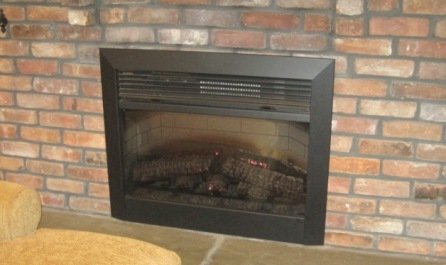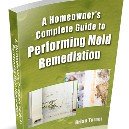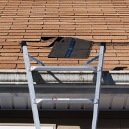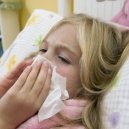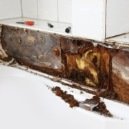Find a pre-screened local mold removal specialist Free Estimate
Find a Mold Specialist Now
Click or Call, Toll-Free 24/7
Fireplace Mold
You might expect to find mold in basements or under sinks, but fireplace mold? Actually, it’s not uncommon in homes with fireplaces. Mold in your fireplace can lead to all the same health problems as mold in other places, like respiratory disorders, asthma attacks, allergic reactions, chronic sinusitis and pneumonia. It can also spread to other areas of the home, so if you have mold in your fireplace, you need to get rid of it as soon as possible to prevent a wide scale mold problem from developing.
What Causes Fireplace Mold?
Mold on bricks is often seen in unused fireplaces and in most parts of the U.S., fireplaces are unused for at least half the year. Unused fireplaces frequently harbor mold because they are dimly lit, usually poorly-ventilated (when not in use), and sometimes damp, providing the perfect environment for mold to grow. Many strains of mold grow very quickly, so it doesn’t take long for a serious problem to develop.
Signs of Mold in a Fireplace
Of course, you might see mold on the bricks in your fireplace, but mold often grows inside fireplaces where it’s hard to spot. You may notice mold in other areas of the room, however, since mold spreads easily from one place to another. If you find mold in a room with a fireplace, you should inspect the fireplace for mold.
Other signs of mold include a musty odor and the sudden development of respiratory symptoms like coughing, sneezing, runny nose, sore throat and headache. If you smell a musty odor or develop symptoms of exposure to mold, you should inspect your home thoroughly for mold, including inspecting all fireplaces.
Removing Fireplace Mold
You may be able to remove mold on bricks with an antifungal cleanser like Foster 40-80, available at home improvement stores, and a stiff brush. Use a long-handled brush to clean hard-to-reach parts of your fireplace. Use a mirror and a flashlight to help you see all parts of the fireplace. Make sure you inspect the inside of your chimney for mold, as well as other parts of your home, since most types of mold spread so easily. If you’re not sure whether you’ve located all the mold or removed all the mold, you can have a certified mold inspecter come in and test your home for mold. Here you can get a list of certified mold testers in your area.
Because it can be difficult to access the inside of your chimney to inspect it for mold, and because it can be difficult to adequately clean the entire fireplace and the inside of your chimney, we recommend calling in a professional for a consultation. If you have been experiencing any mold-related health problems, or if you have asthma or any other respiratory disorder, it’s especially important to call a professional so that you don’t suffer further exposure to mold. Talk to your doctor if you’re not sure if it’s safe for you to attempt to clean up mold yourself.
A mold removal professional will visit your home for a free consultation. He or she will inspect the home for mold, assess the situation, advise you about the work that needs to be done, and provide you with a written cost estimate. An experienced professional can explain the extent of the problem to you, so you’ll know whether it’s something you can handle yourself or if you need to hire someone. Even if you opt to do the work yourself, you’ll benefit from some free professional advice. To find qualified mold removal professionals offering free in-home consultations in your area, just follow the link.
Return From Fireplace Mold To Our What To Do About Mold Page
Free Home Inspection By A Mold Removal Specialist
Search This Website
Recent Articles
-
See Our 5 Recommended Mold Removal Companies in Covington, KY
Apr 16, 25 12:59 PM
-
See Our 5 Recommended Mold Removal Companies in Wheaton, IL
Jun 20, 24 10:33 AM
-
See Our 5 Recommended Mold Removal Companies in Aberdeen, SD
Oct 08, 21 04:05 PM
